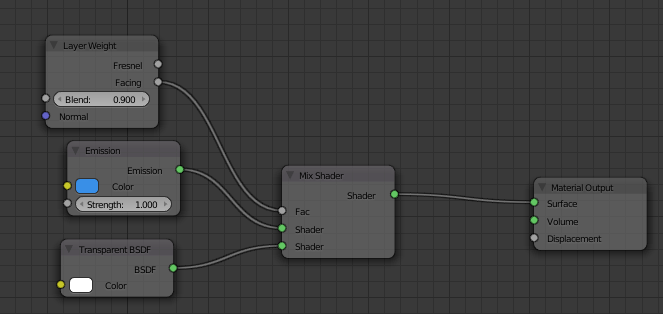I may have an answer to your question. I love space and I use Blender. So I know how to do a planet atmosphere shader in Cycles Render.
Here, I've three spheres : The planet surface, the clouds, and the atmosphere 
But if we go closer to the surface, we can see some differences.
Of course, it's based on a volumetric node material
So here I have the atmosphere node material.
----
So I added two volume scatter nodes. The first is the color of the atmosphere, and the second is for the sun's reflection. The first math node is the sun's reflection density factor. The second is for the atmosphere density. This one depend of two color ramp parameters.
the first color ramp node is for the atmosphere falloff factor at ground level.
The second is for the ground level's start radius, in function of the atmosphere's mesh size.
The limit of the atmosphere is the size of the atmosphere's sphere.
That might take a little bit of time to render a good picture, but the density factor must be higher than ten to get a blue sky.










 Here's the node setup -
Here's the node setup - 